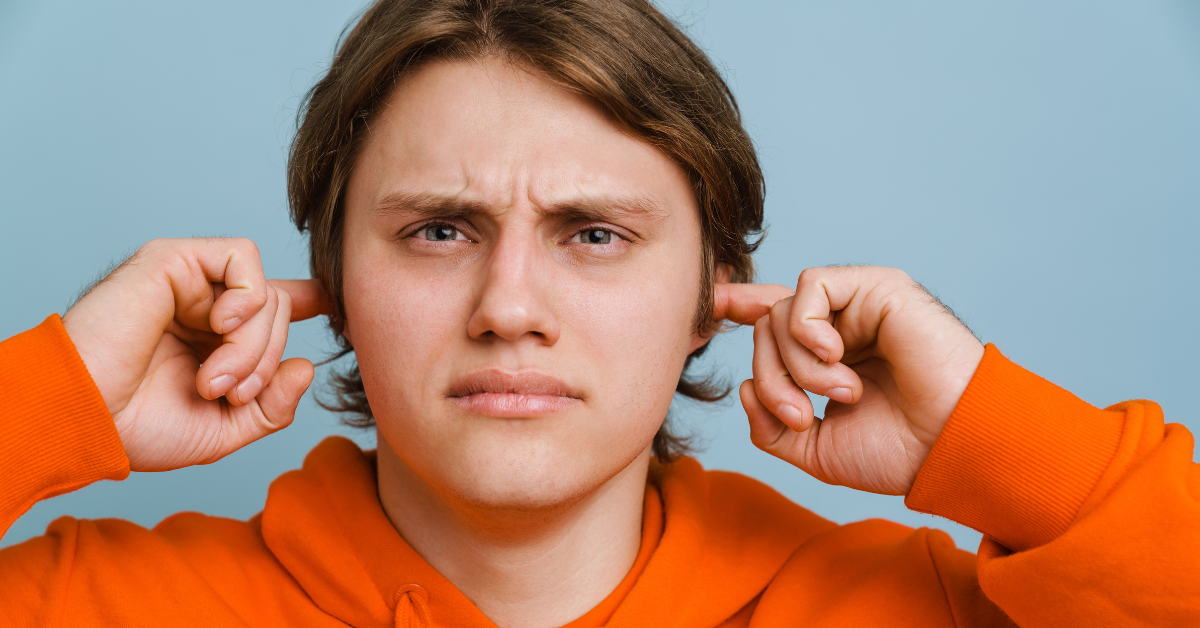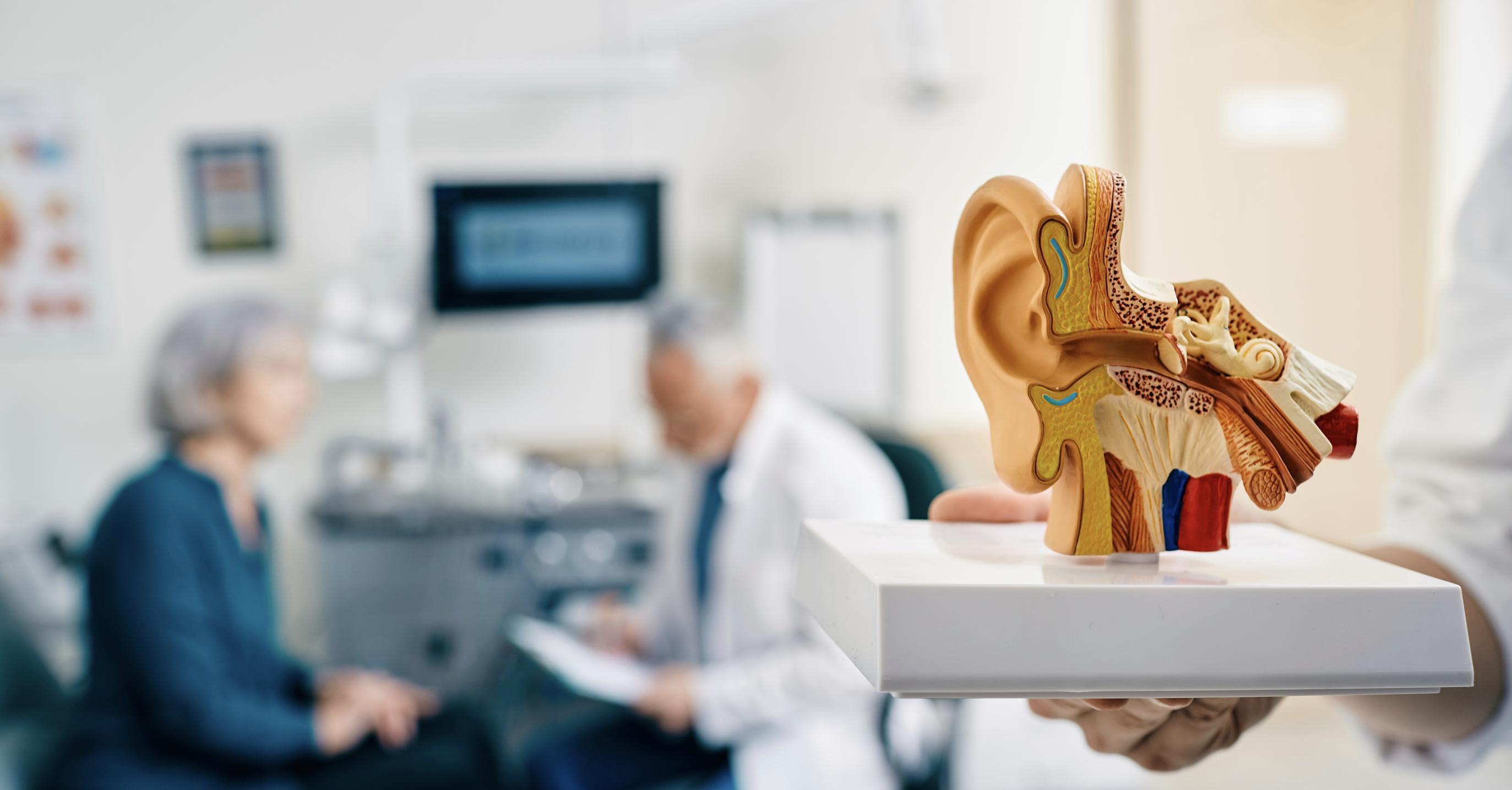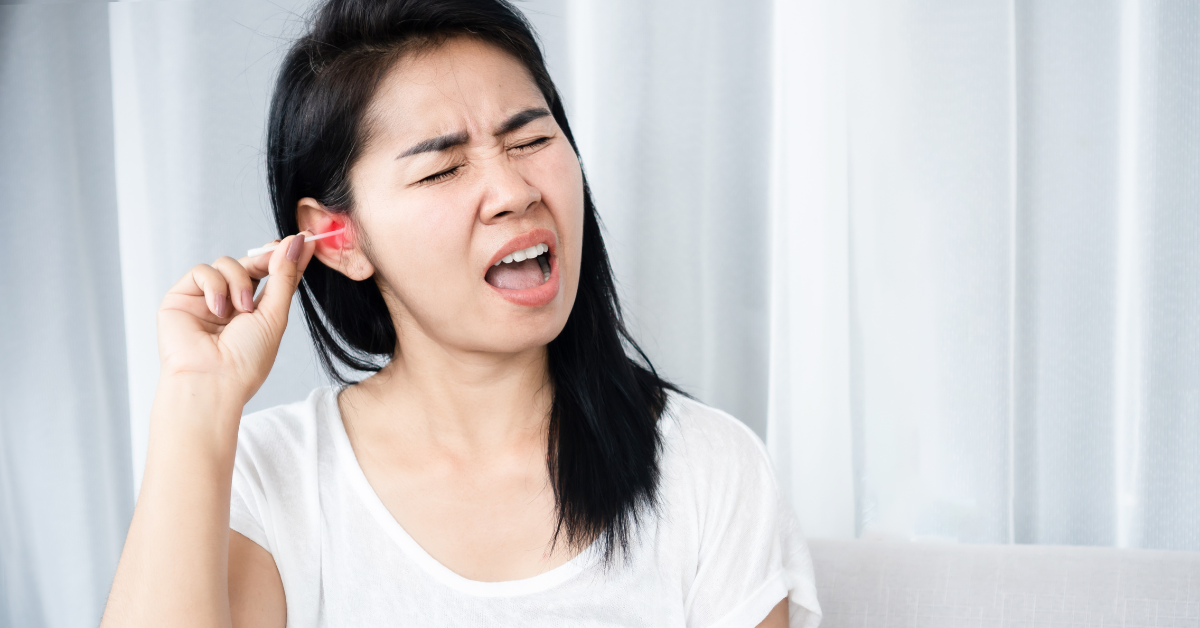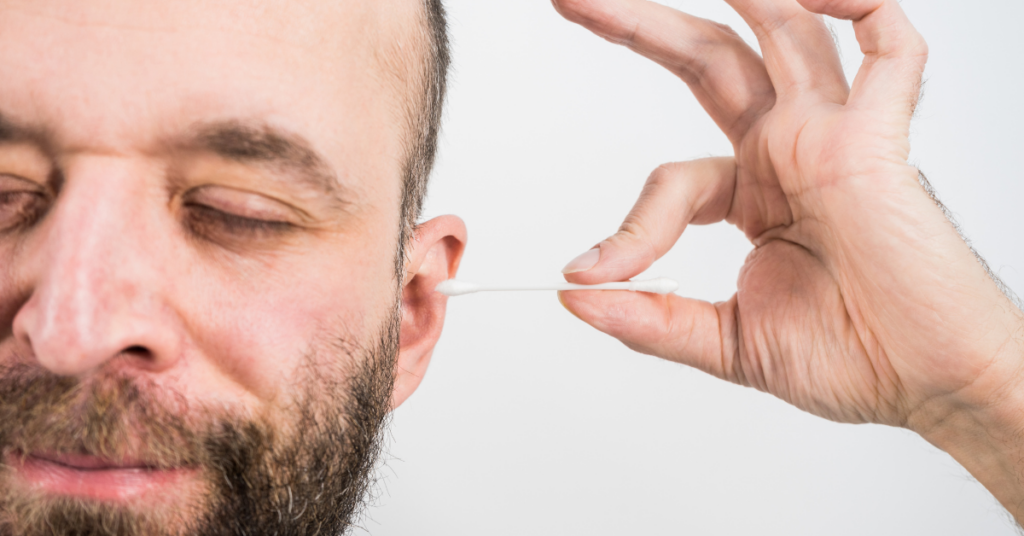
Wondering if you should remove ear wax at home? You’re not alone. Every year, millions of people search for safe ways to clean their ears and remove excess ear wax. In this guide, we’ll explore what medical experts actually recommend for ear wax removal, backed by scientific research.
What Is Ear Wax and Why Do We Have It?
Ear wax (cerumen) is a natural substance produced by glands in the ear canal. It plays a crucial role in protecting the ear by trapping dust, debris, and harmful microorganisms, preventing infections. According to research published in Otolaryngology-Head and Neck Surgery, ear wax also has antibacterial and anti-fungal properties, keeping the ear canal clean and healthy.
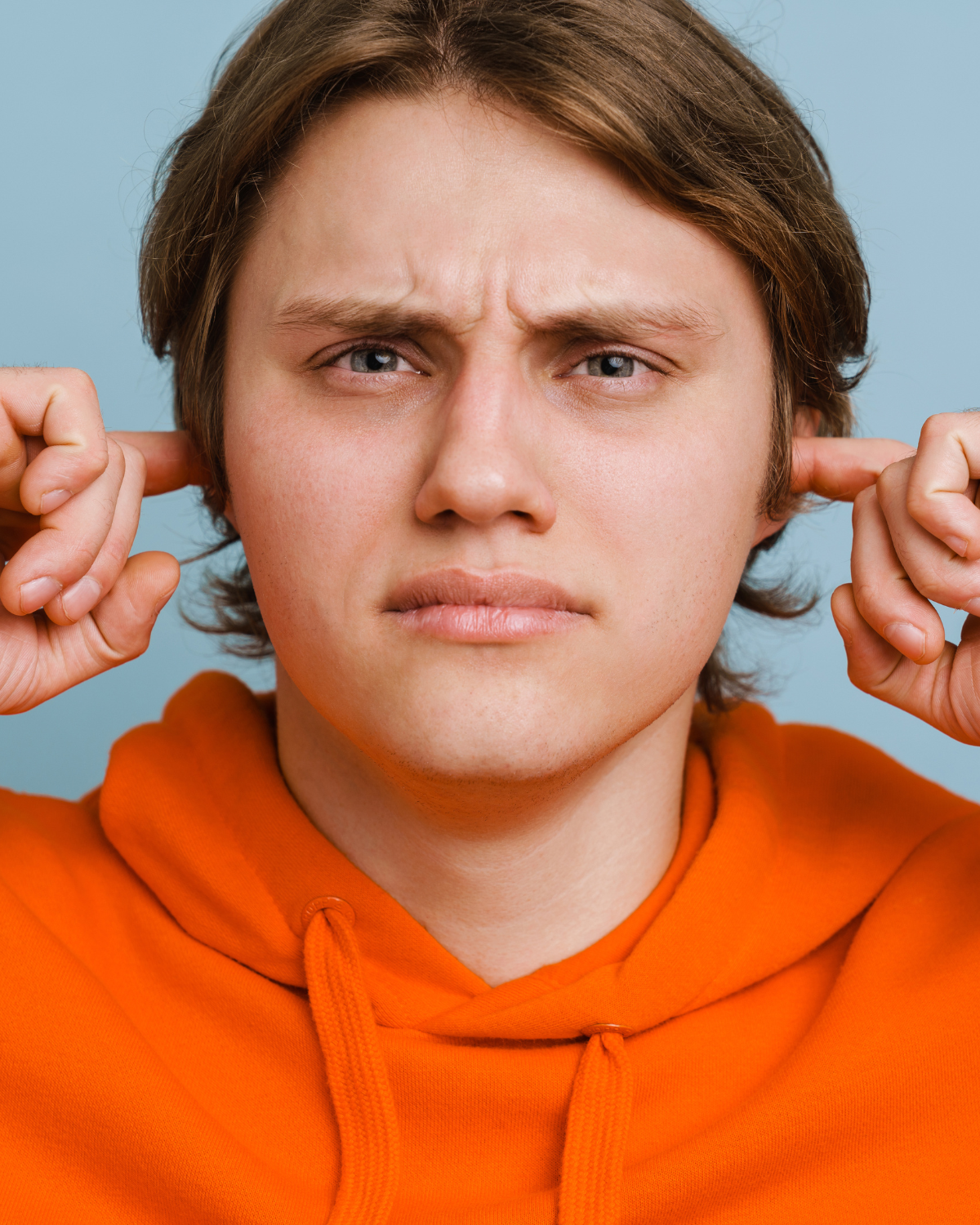
Signs of Excess Ear Wax Buildup
While ear wax is beneficial, too much of it can cause issues.
Common symptoms of ear wax blockage include:
✔️ Reduced hearing
✔️ Feeling of fullness in the ear
✔️ Ringing in the ears (tinnitus)
✔️ Earache or discomfort
✔️ Dizziness or balance issues
Common Myths About Ear Wax Removal
🚫 Myth: Cotton buds help clean the ears.
✅ Truth: Cotton buds push wax deeper, increasing the risk of impaction and infection (British Medical Journal).
🚫 Myth: Ear candles effectively remove wax.
✅ Truth: Studies found ear candling ineffective and dangerous, as it can cause burns and blockages (The Laryngoscope)
🚫 Myth: Ear wax should be removed regularly.
✅ Truth: Ear wax is essential for ear health and usually clears itself naturally. Frequent removal can lead to dryness and irritation (Harvard Medical School).
🚫 Myth: Hearing loss is always caused by aging, not ear wax.
✅ Truth: Impacted ear wax is a common and reversible cause of temporary hearing loss, especially in older adults (Journal of the American Geriatrics Society).
🚫 Myth: Home remedies like olive oil or hydrogen peroxide always work.
✅ Truth: While olive oil can sometimes soften wax, excessive use can cause irritation. Hydrogen peroxide may be too harsh and is not suitable for everyone (Mayo Clinic).
Safe and Effective Ear Wax Removal Methods
1️⃣ Microsuction (Gold Standard Method)
- Performed by a trained professional, this technique uses a gentle suction device to remove excess wax safely.
- Recommended by the National Institute for Health and Care Excellence (NICE) as the safest method.
2️⃣ Manual Removal with Specialist Tools
- Trained audiologists use sterile instruments to extract wax safely, particularly in cases of hard or impacted wax.
3️⃣ Irrigation
- Uses controlled water flow to flush out wax, though not recommended for those with perforated eardrums or infections (American Academy of Otolaryngology).
When to See a Professional
If home remedies fail or symptoms persist, professional ear wax removal is the safest option. In Edinburgh, book a consultation with Felicia, a friendly NHS Senior Audiologist, for expert care tailored to your needs.
EDINBURGH WAX REMOVAL ![]() 9 Gillespie Place, Edinburgh, EH10 4HS
9 Gillespie Place, Edinburgh, EH10 4HS![]() Book Online: https://edinburghwaxremoval.com/book-an-appointment
Book Online: https://edinburghwaxremoval.com/book-an-appointment![]() 07421 502019
07421 502019


